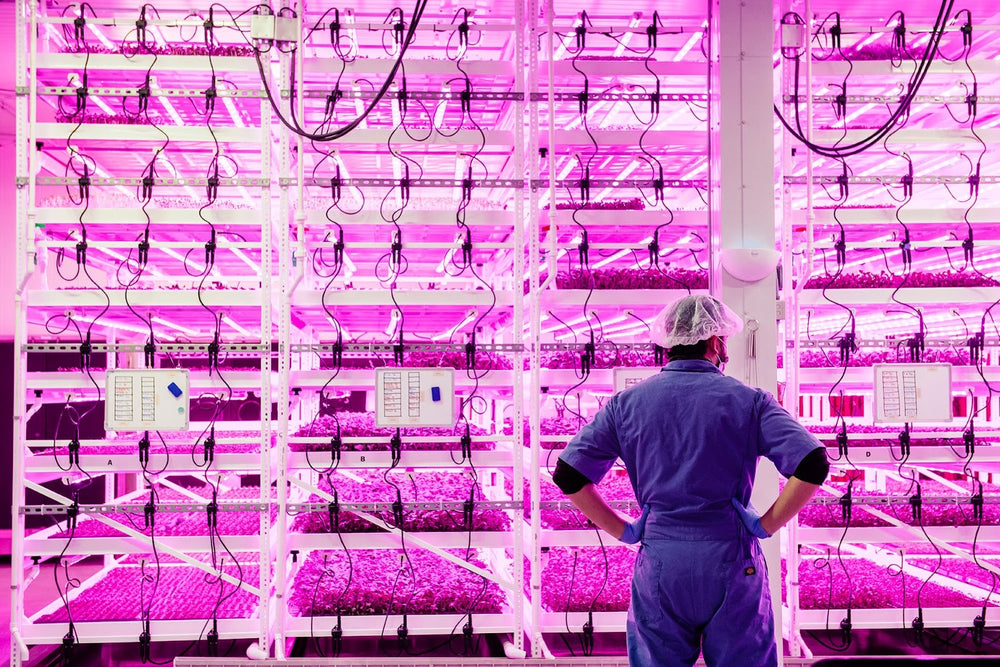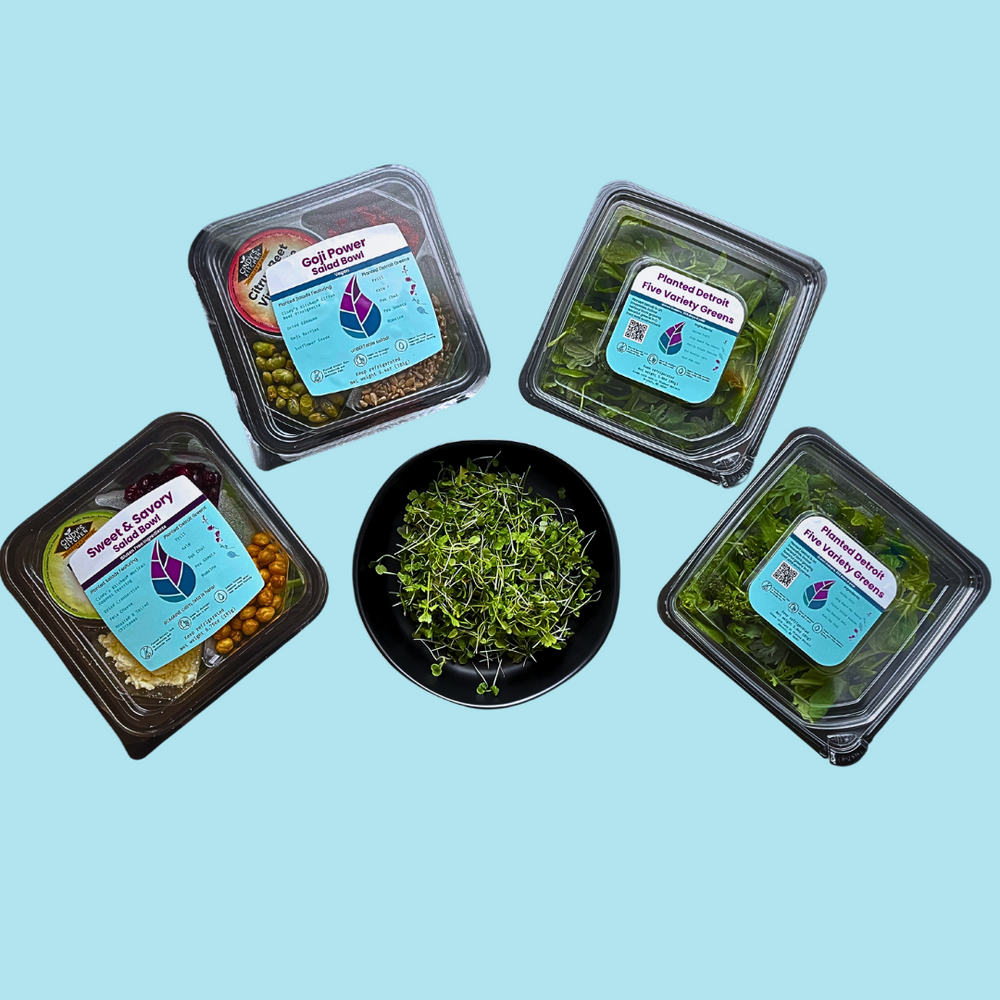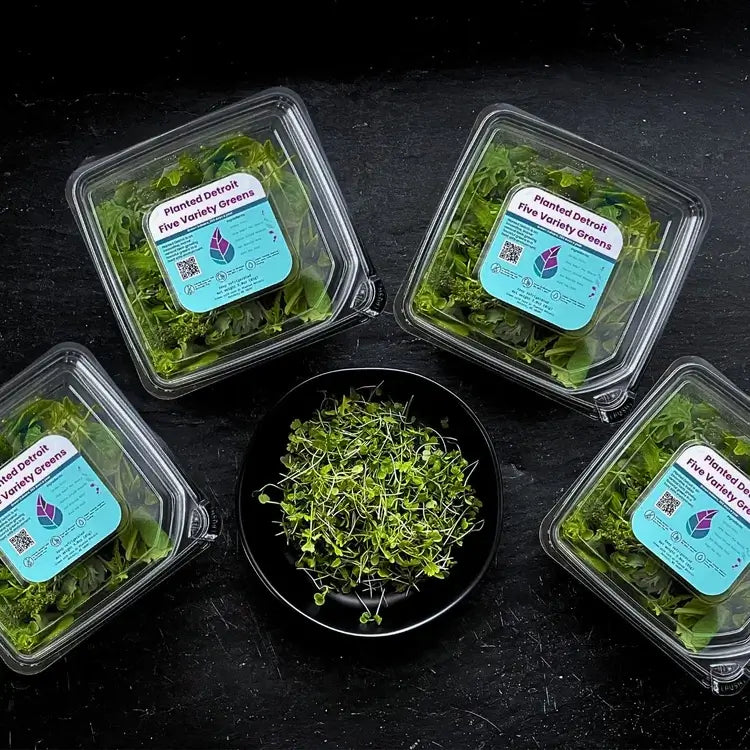
Imagine this: It's 2050, and the world is home to a population of 10 billion people. Fields continue to shrink as cities expand; food security stands at the center of everyone's mind. Along comes vertical farming—a sci-fi-sounding, almost futuristic method of farming that turns traditional agriculture on its head.
Can vertical farming actually stack up against traditional farming methods? (Pun intended.)
Let's get our hands dirty in the nitty-gritty deets first.
The Evolution of Farming
For centuries, agriculture has been done on open fields. The sun's power, the potential of soil, and rain have grown food. Such traditional farming with its rolling fields, and picturesque barns, has actually fed civilizations and built empires. It is rooted in history – an association of nature and mankind.
Modern problems demand modern solutions!
Vertical farming techniques have saved the day, for the environment, and urban living with efficiency. With increasing population and rising climatic challenges, this innovative system promises to produce food in even the tightest of spaces year-round without depending on the weather.
Well, the game has leveled up, my friends, and it's time for us to put our food-sourcing techniques head-to-head.
What is Vertical Farming?
Vertical farming is traditional farming's tech-savvy, efficient little sibling. Just a bit cooler on Instagram, but basically a really neat version of itself.
What even is it? Crops grow inside in controlled conditions, without ever seeing the ground or weather outbursts. Sounds like magic? It’s modern science and innovation.
How does it work? It uses water-based growing, scientifically known as hydroponics, and a mist-based growing technique called aeroponics, along with special LED lighting to mimic sunlight in various wavelengths.
Where can you find it? Urban jungles! Cities like Detroit embrace vertical farming, bringing fresh produce right to the community. Give it up for Planted Detroit - a leader in this genre!
Vertical farming is no longer about simply growing food. It has more to do with the smart growing of food.
What is Traditional Farming?
Ah, traditional farming—the spine of human civilization. It's been a staple for the last few hundred years, a surefire method of feeding masses of people throughout generations.
It is what? Open-field cultivation where natural cycles like sunlight and rain are used to grow crops.
What makes it special? Its deep-rooted history and culture, from Asian rice paddies to Midwest wheat fields.
What's the catch? Traditional farming comes with a lot of baggage: the dependency on good weather, erosion of the land, and soil requirements with regular maintenance. Sure, it’s romantic to imagine endless fields of green, but the truth is often messier—and more difficult to sustain.
Key Differences Between Vertical and Traditional F farming
-
Resource Usage-
Vertical Farming: Hydroponics or aeroponics can save up to 95% water, and there is no use of soil. The use of fertilizers and pesticides is reduced because the ecosystems are controlled.
Traditional Farming: Depends on natural resources like water and soil. Overuse of pesticides and fertilizers causes inefficiencies and environmental degradation.
-
Space Efficiency-
Vertical Farming: Works on vertically stacked layers, with no unused space. It is suitable for urban cities as the site could be located in a warehouse or skyscraper.
Traditional Farming: Involves large areas of arable land, often in rural areas, which makes it space-consuming and unbefitting for the densely populated cities.
-
Scalability and Accessibility-
Vertical Farming: Can be scaled easily in urban areas to produce fresh fruits and vegetables right in the proximity of the people. It is a very good choice for cities that do not have enough land for cultivation.
Traditional Farming: Difficult to scale in an urban setting. They have to transport the fruits and vegetables from one place to another, which might cost more and decrease accessibility.
Vertical Farming vs. Traditional Farming: Which is Better?
Benefits of Vertical Farming Over Traditional Farming
That's the magic of vertical farming! It is not just another modern twist in agriculture but also a revolution that is sprouting upwards-literally.
Let's unpack why this skyscraper style of farming has turned heads and stacked greens in ways traditional farming only dreams of.
Fresh throughout the year: Ever wanted that fresh salad when in the middle of winter? In vertical farming, this is definitely possible. In controlled environments such as these, seasonal changes aren't a threat. Fresh healthy produce is within reach all throughout the year with no regard for weather conditions.
Eco-Friendly Vibes: The good thing about vertical farming is that it has minimal water consumption, no pesticides, and reduced transportation emissions. The production of food near the urban centers means the carbon footprint attached to the transport of food from rural fields to city buffets is minimized.
Urban Convenience: Fresh food is brought closer to the people who need it, as in urban farming Detroit-style, what Planted Detroit is doing. Being located at the heart of the city, it is the most sustainable and economy-friendly option that produces food that your body will thank you for.
Effective Resource Utilization: Vertical farms make full use of each drop of water and every square foot of land, hence their sustainability in meeting the agricultural needs of growing populations with shrinking farmlands.
Challenges and Limitations
Nothing perfect, not even vertical farming. Here's what might hold it back:
Hefty Start-Up Costs: Creating a vertical farm is expensive in the beginning. From specialized gear to energy-intensive LED systems, it's not within everyone's means.
Energy-guzzling: Although vertical farms save water, they consume copious amounts of electricity. That can negate everything if renewable sources aren't applied.
On the other hand, traditional farming does have its demerits:
Climate Vulnerability: One drought or flood can destroy the entire harvest.
Environmental Degradation: Over-farming, deforestation, and water pollution are some of the major issues.
Both techniques have challenges to overcome, but the innovation in vertical farming is gradually overcoming its limitations.
The Future: A Beautiful Blend
Why settle for either when you could have both? Imagine a scenario where conventional agriculture and vertical agriculture complement each other. Vertical agriculture systems are set to evolve, merging with conventional agriculture's scaling capabilities with efficiency and sustainability for vertical agriculture.
For example, it may be integrated into traditional greenhouses to produce higher yields on fewer acres and with less negative environmental impact. Vertical farms can specialize in crops that are of higher value, such as herbs and leafy greens, while staple crops like wheat and rice remain in traditional farming.
Projects under urban farming-like Planted Detroit pave the path to a great future, bridging innovation with tradition to work toward a healthier food future.
Choosing the Right Path for the Future
So, in the battle of vertical farming vs. traditional farming, who wins? Truth be known, it is not a question of choosing between winners; it's all about balance. Vertical farming leaves one gazing into the horizon of a more sustainable and efficient future, but these fundamentals remain very important for feeding the rest of the world.
In the future, a combination of the strengths of both methods is essential to meet our global food needs. For instance, Planted Detroit, a community-supported urban farm, is an asset to this greener future. On the other hand, support for sustainable agriculture in regular farming is something that should be encouraged.
Ready to change your world? Learn how Planted Detroit is transforming food production and consumption—one green at a time.


